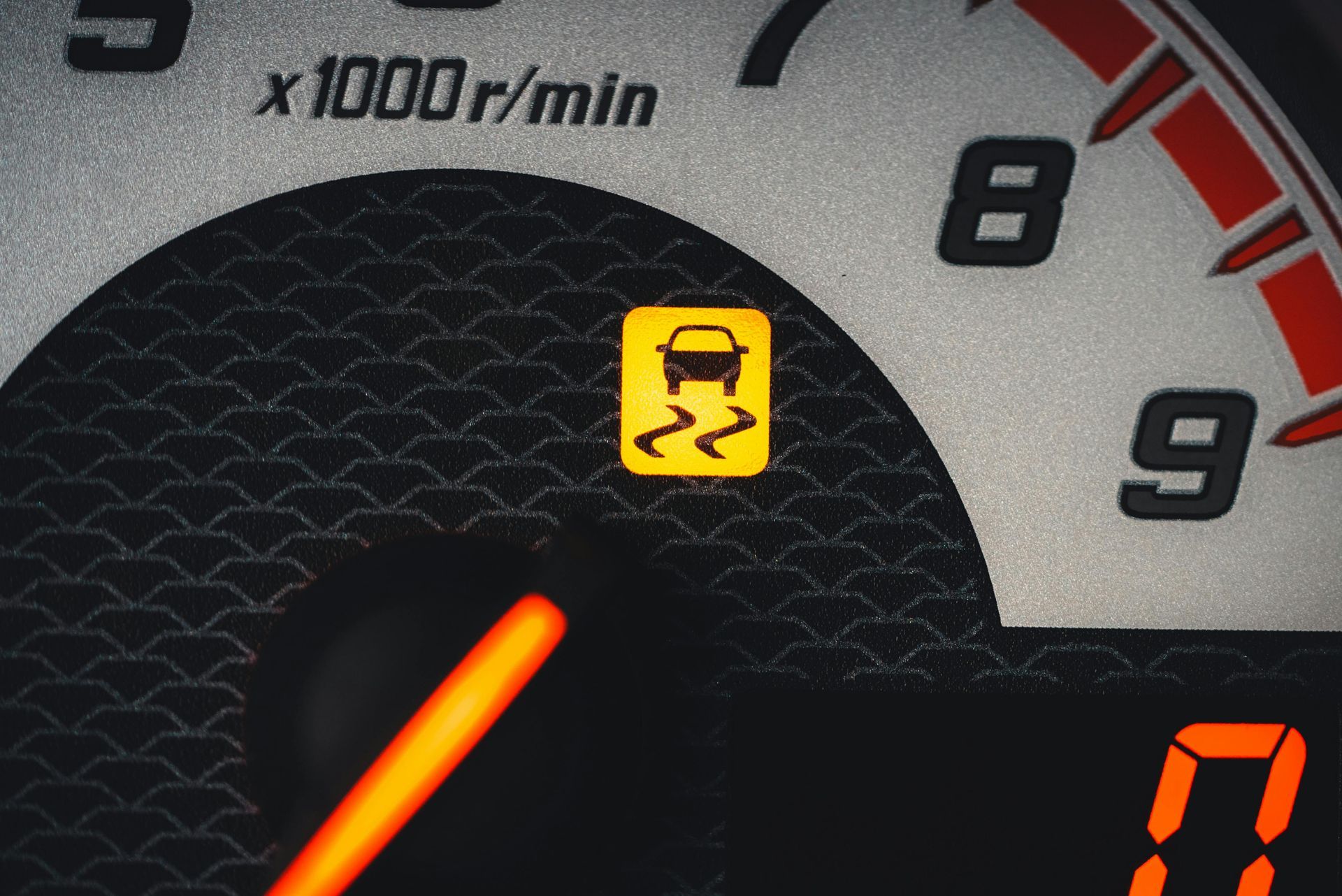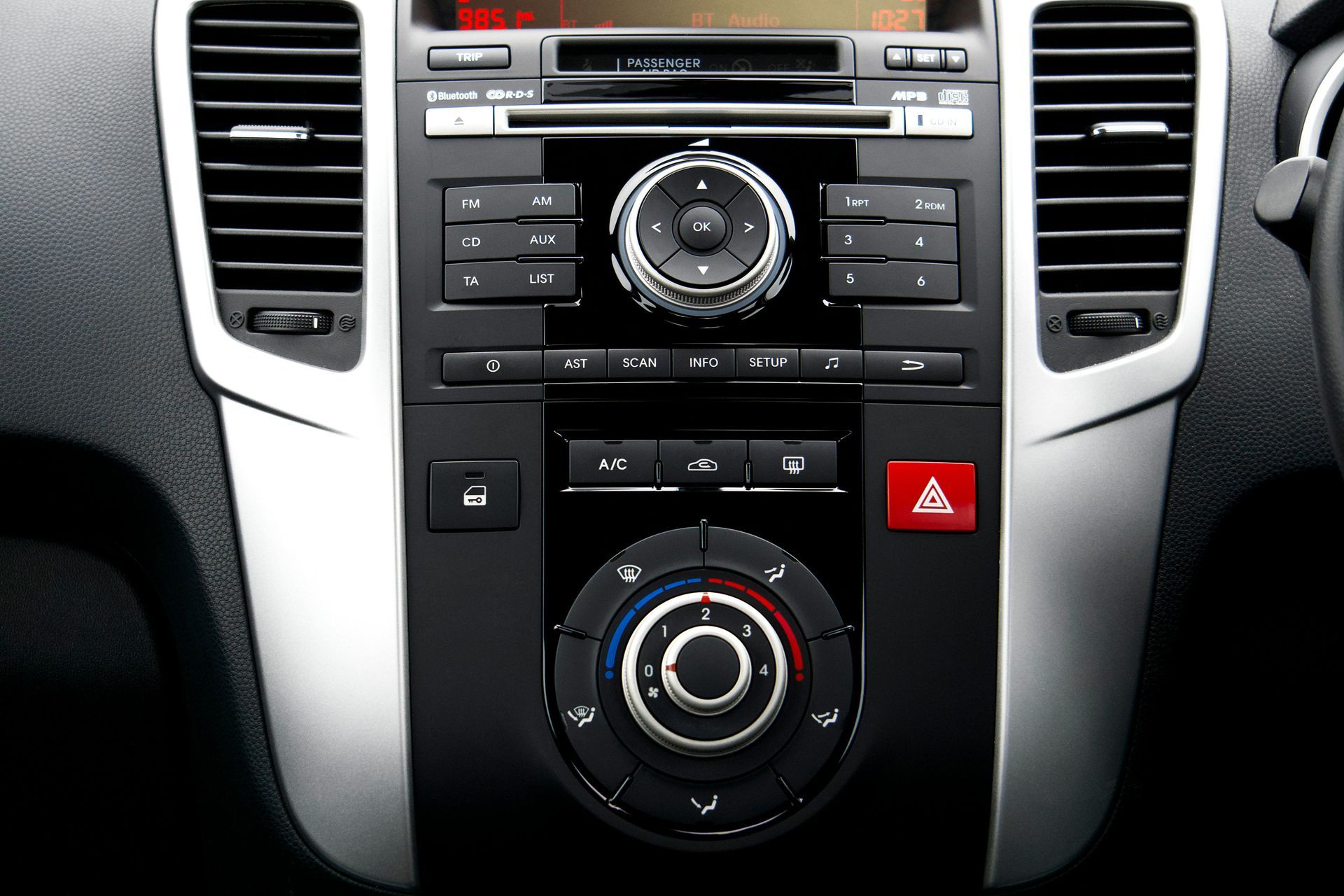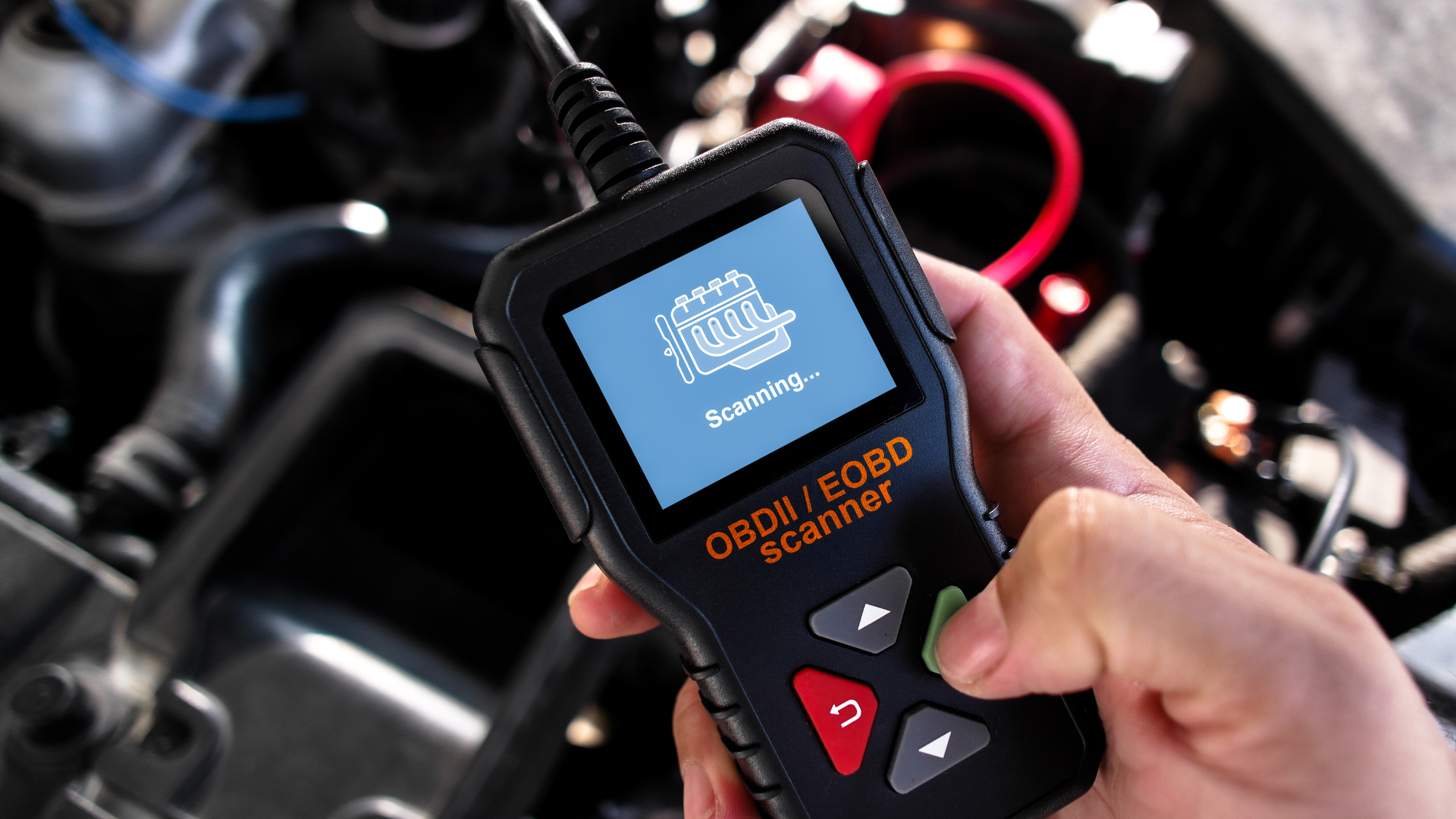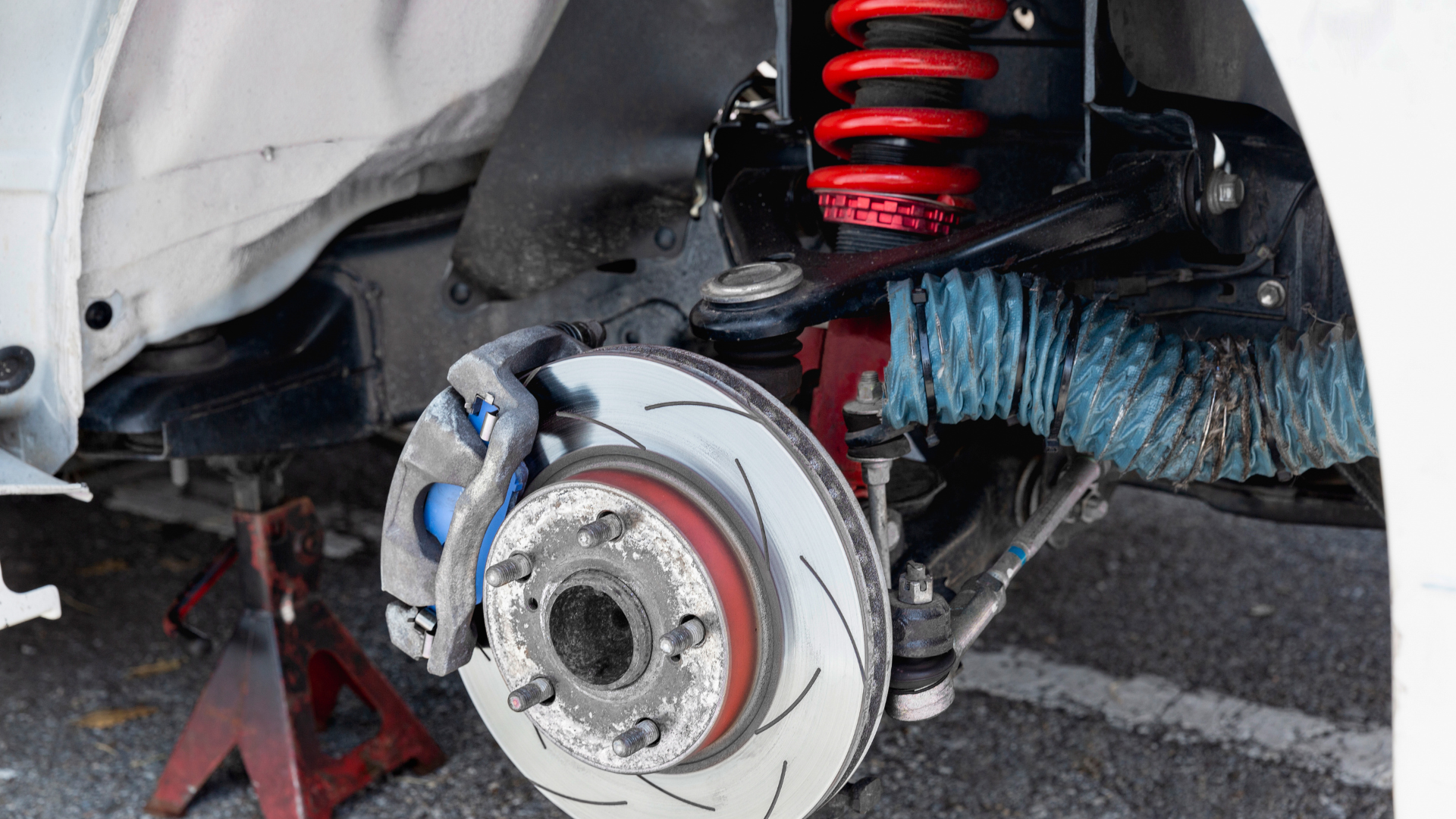Common Dashboard Warning Lights and What They Mean – Lincoln Vehicle Owners’ Guide
What Dashboard Warning Lights Mean

Every driver in Lincoln, NE has experienced that moment—the dashboard suddenly lights up with a mysterious symbol. Whether you're cruising down O Street or stuck in South Lincoln traffic, dashboard warning lights can cause anxiety and confusion. Ignoring these signals can lead to expensive repairs, roadside breakdowns, or even accidents.
At Gracious Auto Repair, we understand how unsettling warning lights can be. That’s why we created this guide to help Lincoln vehicle owners recognize the most common dashboard alerts, understand their meanings, and know when to seek professional help.
Why Dashboard Warning Lights Matter
Your vehicle’s onboard computer system continuously monitors dozens of components. When something malfunctions or is at risk, your car alerts you through warning indicators on the dashboard. These lights are not suggestions—they’re early warnings meant to help prevent further damage.
Some lights indicate minor issues, while others point to serious problems requiring immediate attention. Understanding these alerts allows drivers to act before a minor issue becomes a major expense. In Lincoln, where harsh weather can make car problems worse, quick diagnosis is especially important.
Color Codes for Warning Lights
Dashboard lights are color-coded to indicate urgency:
- Red: Stop driving immediately. These lights mean danger or a system failure. Ignoring a red warning can cause serious damage or risk your safety.
- Orange/Yellow: Caution. Service soon, but you can usually keep driving. Yellow lights are usually less urgent but still require inspection.
- Green/Blue: Informational. Systems are working as intended (e.g., high beams on, cruise control active).
Common Dashboard Warning Lights Explained
Here are the most common dashboard lights Lincoln drivers should watch for, along with what they mean and what action to take:
1. Check Engine Light (Malfunction Indicator Lamp)
Color: Yellow or Amber
Meaning: There’s an issue with your engine or emissions system. This could be a loose gas cap, faulty oxygen sensor, engine misfire, or catalytic converter failure.
What to Do: If the light is steady and the vehicle runs normally, schedule service soon. If it’s flashing, stop driving immediately and have your vehicle towed to Gracious Auto Repair.
2. Battery Warning Light
Color: Red
Meaning: Your vehicle’s battery isn’t charging. The problem could be a bad alternator, a worn battery, corroded cables, or broken drive belt.
What to Do: Don’t shut off your engine until you're at a repair shop. You may not be able to restart it.
3. Brake System Warning Light
Color: Red
Meaning: Could indicate low brake fluid, worn brake pads, or a malfunction in the hydraulic system.
What to Do: Check to ensure your parking brake is off. If it is and the light stays on, schedule immediate brake service.
4. Oil Pressure Warning Light
Color: Red
Meaning: Low oil pressure or no oil reaching critical engine components.
What to Do: Pull over, shut off your engine, and check the oil level. If oil is full and light remains on, call for a tow.
5. ABS (Anti-lock Brake System) Light
Color: Yellow
Meaning: There is a fault in the ABS system. ABS prevents wheel lock-up during emergency braking.
What to Do: Normal brakes may still work, but without ABS support. Have it inspected soon.
6. TPMS (Tire Pressure Monitoring System) Light
Color: Yellow
Meaning: One or more tires are under-inflated, affecting safety and fuel efficiency.
What to Do: Check and adjust tire pressures. If the light remains on, have the TPMS sensors checked.
7. Engine Temperature Warning Light
Color: Red
Meaning: The engine is overheating due to coolant loss, failed thermostat, or cooling system failure.
What to Do: Pull over immediately. Do not continue driving. Let the engine cool before checking coolant levels.
8. Transmission Temperature Warning Light
Color: Red or Yellow
Meaning: Your transmission fluid is too hot, often due to towing, overloading, or low fluid.
What to Do: Let the vehicle cool down. Avoid driving until the cause is diagnosed and repaired.
9. Airbag Warning Light
Color: Red
Meaning: There’s a malfunction in the airbag system. Airbags may not deploy in a crash.
What to Do: Have the airbag system diagnosed immediately. This is a serious safety issue.
10. Traction Control or Stability Control Light
Color: Yellow
Meaning: Indicates the system is active or malfunctioning.
What to Do: If the light flashes during slippery driving, it’s normal. If it stays on, schedule diagnostics.
Additional Warning Lights to Know
Service Vehicle Soon Light
This is not the same as the check engine light. It can indicate minor electrical issues or routine service needs.
Door Ajar Light
One of your vehicle’s doors (including the trunk or hatch) isn’t fully closed. Check all doors and reseat them firmly.
Low Washer Fluid Light
Refill the windshield washer fluid reservoir. This light is informational but helpful, especially during winter.
Parking Brake Light
If this light is on but the brake is disengaged, it may indicate a sensor problem or low brake fluid.
Glow Plug Warning (Diesel Engines Only)
Indicates a preheat system malfunction in diesel engines.
What To Do When a Warning Light Comes On
Step 1: Identify the Symbol
Check your owner’s manual or reference guides like this one. Do not ignore red indicators.
Step 2: Check for Symptoms
Are there unusual smells, noises, or vibrations? These can help your mechanic diagnose the issue faster.
Step 3: Address Critical Warnings First
Red lights like oil pressure, engine temperature, and brake warnings require you to stop driving immediately.
Step 4: Schedule Service or Diagnostics
Visit Gracious Auto Repair for expert diagnostics and prompt service. We have the tools and expertise to read trouble codes and perform repairs the right way.
Why You Should Never Ignore Warning Lights
Ignoring dashboard lights can:
- Lead to expensive engine damage
- Result in brake or transmission failure
- Cause reduced fuel efficiency
- Compromise your safety and that of others on the road
Many Lincoln drivers delay addressing dashboard lights because the car still seems to run fine. But many issues develop quietly and cause irreversible damage if not caught early.
Common Causes Behind Dashboard Lights
While each light has specific meanings, here are some general culprits:
- Sensor failure (oxygen sensor, ABS sensor)
- Loose gas cap
- Battery or charging system fault
- Wiring harness damage
- Computer communication errors
- Failed fuses or relays
Modern vehicles rely on hundreds of interconnected systems. A single fault can trigger several dashboard lights at once, especially if related to the electrical system.
Our Diagnostic Process at Gracious Auto Repair
When you bring your car to our Lincoln shop for a warning light diagnosis, here’s what we do:
- Full System Scan: We connect a diagnostic tool to your OBD-II port to read stored trouble codes.
- Live Data Review: Our technicians analyze real-time data to spot abnormalities.
- Visual Inspection: We check wiring, fluid levels, and component conditions.
- Targeted Testing: Based on code results, we test the affected systems further.
Clear Codes and Retest: Once the repair is complete, we clear codes and verify system health.
Cost of Diagnostics in Lincoln, NE
At Gracious Auto Repair, our diagnostic service typically ranges from
$60 to $120, depending on vehicle complexity. If repairs are performed here, we often apply diagnostic fees toward your total service cost.
FAQs About Dashboard Warning Lights
How do I reset a dashboard warning light?
Resetting lights without addressing the issue is not recommended. We reset lights after confirming the problem has been corrected.
Will AutoZone or other parts stores check warning lights?
Yes, some offer basic scans. However, they can’t interpret advanced codes or perform in-depth tests like a certified shop.
Can I keep driving with a flashing check engine light?
No. A flashing light means active engine misfire, which can cause serious damage. Pull over and shut off your engine.
Are dashboard lights the same on all cars?
Most lights are standardized, but symbols may vary slightly by brand. Always consult your owner’s manual.
Can cold weather cause warning lights?
Yes. Cold temperatures can affect battery voltage, tire pressure, and fluid sensors, triggering lights.
Contact Gracious Auto Repair in Lincoln, NE
Don’t let dashboard warning lights go unchecked. If you’re in Lincoln or the surrounding areas and see a strange light on your dash, come see us at Gracious Auto Repair. We’ll diagnose the issue quickly and get you back on the road with confidence.
Gracious Auto Repair
10001 Weeks Dr
Lincoln, NE 68516
(402) 430-7063
Mon–Fri: 8:00 AM – 5:00 PM
https://www.graciousautorepair.com
Internal Links
- Diagnostics – https://www.graciousautorepair.com/warning-light-diagnostics
- Maintenance –
https://www.graciousautorepair.com/maintenance-services
External Source
- NHTSA Vehicle Safety Features – https://www.nhtsa.gov/equipment




